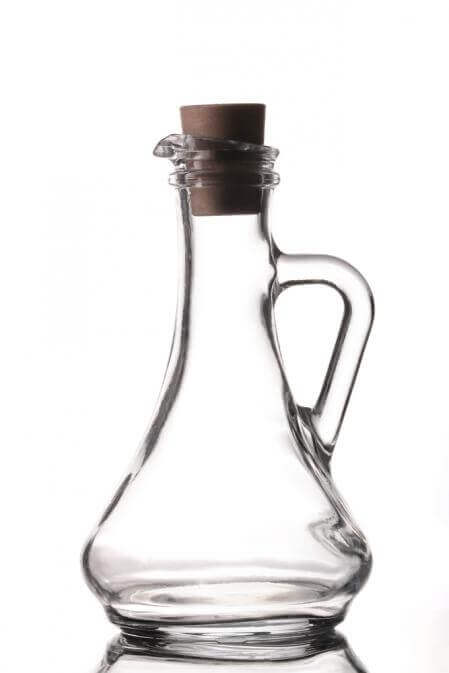Are Zero-Calorie Salad Dressings for Real?
Find out if zero-calorie salad dressings are too good to be true.
Monica Reinagel, MS, LD/N, CNS

by Monica Reinagel, M.S., L.D./N.
Q. I’ve come across a product that sounds too good to be true: a salad dressing with no sugar, fat, calories, or carbs. What on earth is in it then? Is it some strange chemical concoction?
Answer. A quick look at the ingredient list will tell you whether this product is made of actual ingredients or synthetic chemicals. Vinegar, lemon juice, water, salt, and spices, for example, are all very low in calories. In addition, you’ll probably see things like guar gum, xanthan gum, or cellulose gel—ingredients that may come from “natural” sources but are hardly the sort of thing you’d have in your own kitchen cupboard. These are often used to make the dressing a bit thicker. (Personally, I like to use olive oil for that.) But I’d take the zero-everything claim with a grain of salt.
If a product contains 5 or fewer calories per serving, manufacturers are
Here’s the bottom line: Five undeclared calories in your salad dressing isn’t going to make or break your diet. But there really is no such thing as a free lunch (or calorie-free food).
Related Reading
Chapter 3 of my book Nutrition Diva’s Secrets for a Healthy Diet is all about evaluating and selecting the healthiest prepared and packaged foods! Check it out today.
Empty salad dressing bottle from Shutterstock

